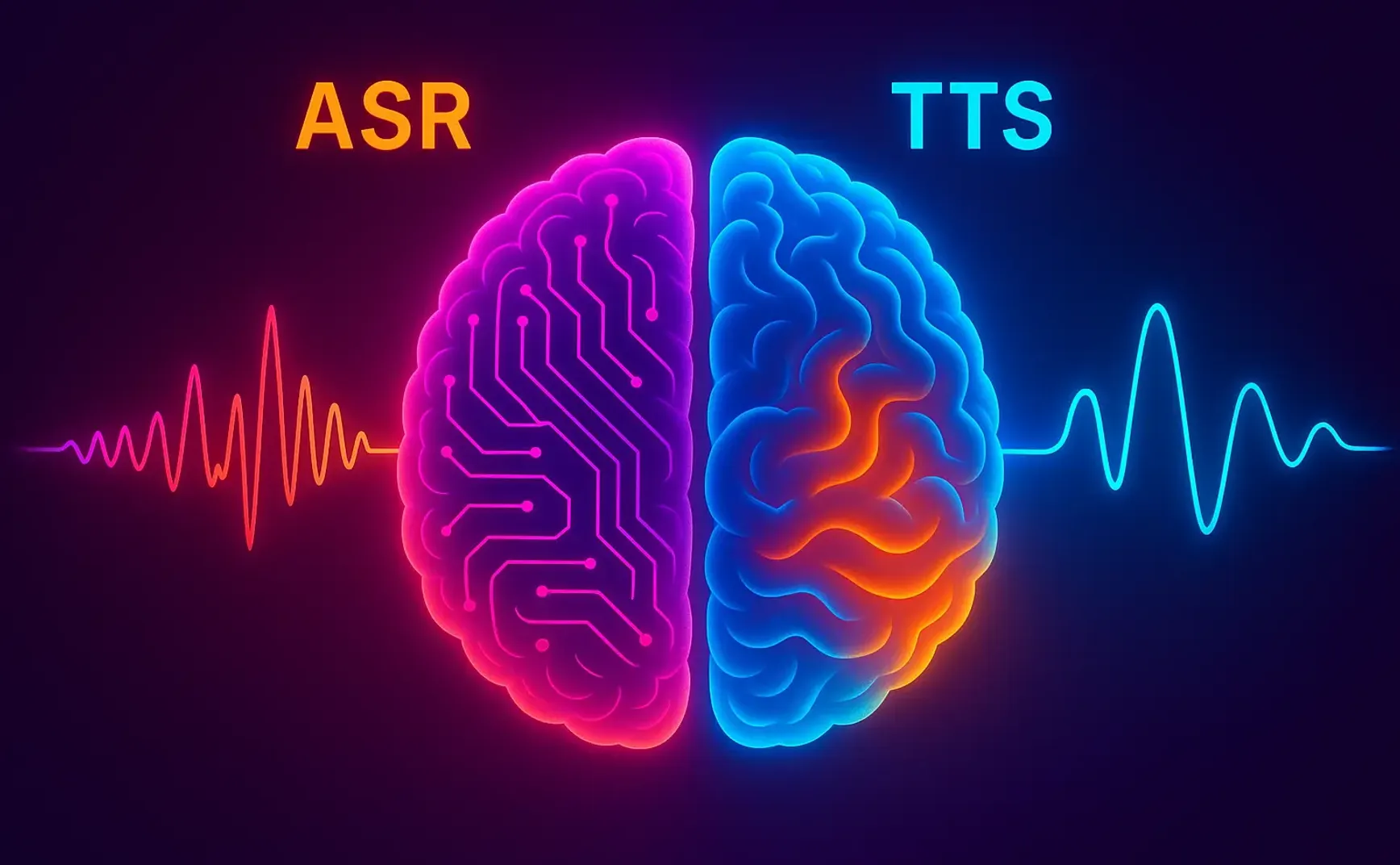1. Introduction: The Speed Paradox in Speech AI
Ever noticed how OpenAI's Whisper can feel a bit sluggish when transcribing audio, yet ChatGPT's voice responses sound incredibly smooth and natural? It's a common observation in the tech world, and there's a good reason for this apparent difference in speed. It's not random; it boils down to the fundamental differences between the tasks these technologies perform: Automatic Speech Recognition (ASR) for Whisper and Text-to-Speech (TTS) for ChatGPT's voice. They have distinct goals, technologies, architectures, and optimization priorities.
This article dives into the technical reasons behind these performance differences. We'll explore what ASR and TTS actually do, look at why Whisper might seem slow, uncover the tech likely making ChatGPT's voice so fluid, and compare how they're built and optimized. More importantly, this piece serves as a practical guide. We'll share strategies, alternative tools, and optimization tips you can use to speed up your transcription tasks and achieve that high-quality, natural-sounding voice synthesis for your own projects. Get ready to explore the contrasting worlds of ASR and TTS, analyze Whisper's speed factors, examine ChatGPT's voice tech, and get actionable advice.
